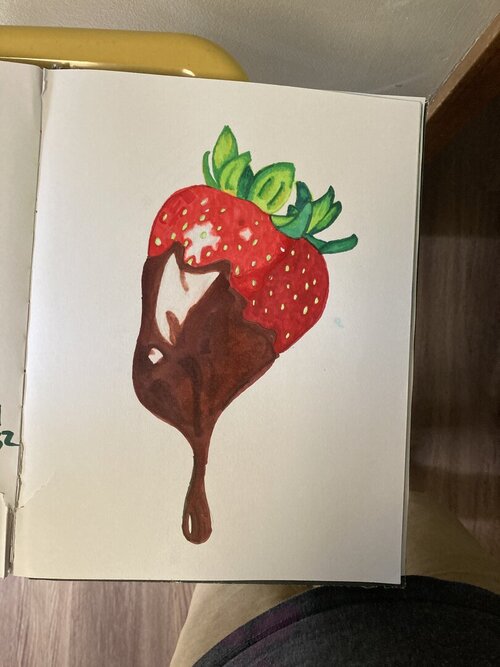Since blue light and green light are involved in this....what does using a blue light on them for heat?
https://www.sciencedirect.com/topics/agricultural-and-biological-sciences/parietal-eye
"the researchers covered the lizards' third eyes with paint or — in a later, more gruesome iteration — removed their third eyes altogether. In both cases, the lizards swam in random directions, no longer able to navigate at all"...
https://www.wired.com/2009/08/thirdeyesteering/
"The lizard’s parietal eye photoreceptors contain two pigments per cell, blue and green. Having two different pigments allows the cell to respond to two different colors of light and process that information within the same cell"...
"So incorporating two different pigments and two separate signaling molecules in one cell may have been an economical way, in a primitive eye with relatively few cell types, to tell the transitions of the day based on changes in the spectrum of sunlight,” says Chih-Ying Su, Ph.D., the first author of the study and a former neuroscience graduate student at Hopkins"...
https://www.sciencedaily.com/releases/2006/04/060415111626.htm
Not chameleons...but some of you many like it anyway...
https://res.mdpi.com/d_attachment/animals/animals-10-00489/article_deploy/animals-10-00489.pdf
https://www.sciencedirect.com/topics/agricultural-and-biological-sciences/parietal-eye
"the researchers covered the lizards' third eyes with paint or — in a later, more gruesome iteration — removed their third eyes altogether. In both cases, the lizards swam in random directions, no longer able to navigate at all"...
https://www.wired.com/2009/08/thirdeyesteering/
"The lizard’s parietal eye photoreceptors contain two pigments per cell, blue and green. Having two different pigments allows the cell to respond to two different colors of light and process that information within the same cell"...
"So incorporating two different pigments and two separate signaling molecules in one cell may have been an economical way, in a primitive eye with relatively few cell types, to tell the transitions of the day based on changes in the spectrum of sunlight,” says Chih-Ying Su, Ph.D., the first author of the study and a former neuroscience graduate student at Hopkins"...
https://www.sciencedaily.com/releases/2006/04/060415111626.htm
Not chameleons...but some of you many like it anyway...
https://res.mdpi.com/d_attachment/animals/animals-10-00489/article_deploy/animals-10-00489.pdf
Last edited:





